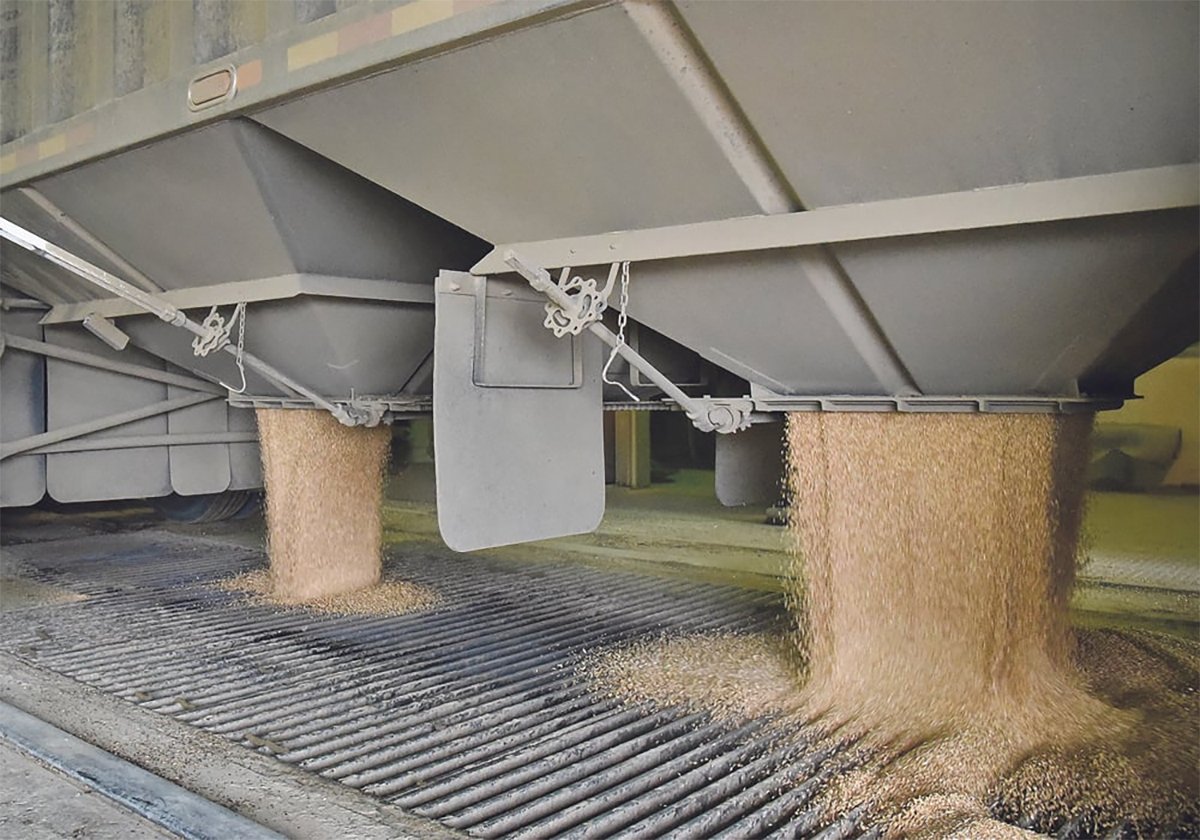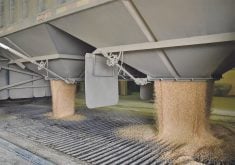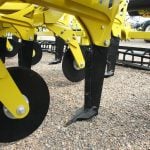Tax Free Savings Accounts have arrived to almost universal praise from the financial community.
They are recognized as one of the best government initiated tax benefits to be introduced since the creation of the Registered Retirement Savings Plan program more than 50 years ago.
The concept is simple. You and your spouse each get to invest a maximum of $5,000 per year in your TFSA. Unlike an RRSP, you cannot claim a deduction for this contribution, but nor do you have to pay tax on the withdrawal of your contribution and any capital gains, dividends or interest it might accumulate.
Read Also

Worrisome drop in grain prices
Prices had been softening for most of the previous month, but heading into the Labour Day long weekend, the price drops were startling.
You also get to increase your next maximum contribution by the amount of your withdrawal.
Taxpayers in the lowest tax bracket (taxable income less than $37,886 in 2008) receive a relatively meager tax benefit from an RRSP contribution because their marginal tax rate is low.
When it comes time to withdraw their RRSP funds later on, their withdrawals might trigger clawbacks from government income-tested tax credits or benefits such as the Age Credit amount, Old Age Security pension or Guaranteed Income Supplement.
In this case, a TFSA contribution may be more appropriate.
As well, a TFSA is a great way to save for rainy day emergencies, such as estate tax bills, or for a future large expenditure such as a the purchase of a house, cottage, car or that large wedding for your daughter.
You may also wish to set up TFSAs for children older than 18. This can help them with education costs or the purchase of a future home down the road.
In this way, TFSAs are a great way to complement Registered Education Savings Plans ,which might not be sufficient to cover the full cost of your child’s education.
There are a lot of other reasons to open a TFSA, and there are many strategies you can use to manage your investments among your TFSA, RRSP and non-registered accounts.
For example, if you earn less than $75,000 a year, which are the two lowest federal tax brackets, you should consider using your non-sheltered account if you have one for higher risk equity investments (especially in this market) and your RRSP and TFSA for interest income.
If you are using a capital gains strategy, a non-registered account will allow you over time to balance your capital gains against your capital losses, which cannot be claimed under a TFSA.
Then again, in this down market, if you have triggered tax loss selling against fundamentally sound stocks, you may wish to reacquire them, 31 days after the sale of the original stock and allow them to appreciate tax-free in the TFSA.
Many tax-efficient investment strategies are available, and a TFSA just increases your options. Essentially, you need to talk to an investment adviser to get the most out of your TFSA investment strategy.
Larry Roche is a tax analyst with farm taxation and planning specialists Farm Business Consultants Inc. He can be contacted at fbc@fbc.ca or call 800-860-7011.














